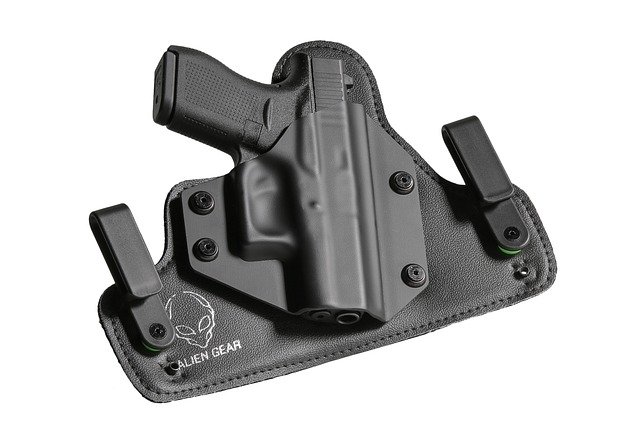
Your Concealed Carry Holster Buyer’s Guide
Successfully managing a concealed daily firearm carry is a matter of preparedness, and not just preparedness with the firearm you choose, which can be managed with regular range exercises and vigilant home maintenance of its parts. It also requires you to be materially prepared, which means equipping yourself with the accessories and tools you’ll need to maintain a low profile. The entire point of concealed protection is that no one needs to know you have it or where exactly you’re carrying. The first step in successfully managing that concealment is a holster that suits your weapon and your carry style.
Checking Concealment
Generally speaking, the less obtrusive the holster, the easier it is to conceal. It just makes sense, after all. The less space a concealed weapons holster takes up, the easier it is to keep it concealed. That’s the same principle that leads most people to select a compact firearm for concealed carry. Still, the size of the holster isn’t everything. Concealment also depends on where the holster sits, how your clothing interacts with it, and how it fits the contours of your body. That might mean trying a few out before you find the perfect fit.
Shop for Comfort
Other than the natural profile of the holster and the way it interacts with other elements of your presentation and appearance, the most important factor is comfort. You need to be able to wear the holster naturally in whichever spot you choose for it so that you aren’t tempted to adjust it continuously in public. Your clothing also needs to comfortably conceal it without causing you any stress or irritation, and the draw needs to feel smooth and natural while maintaining those other comfort qualities. It’s a complicated balance of needs to assess, but when you find the holster that doesn’t ask you for a trade-off on any of those characteristics, it’s probably going to be the one that proves to be most effective for your carry.




